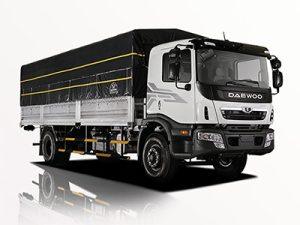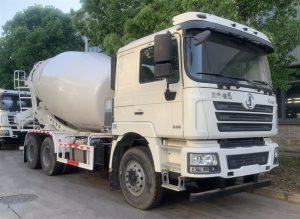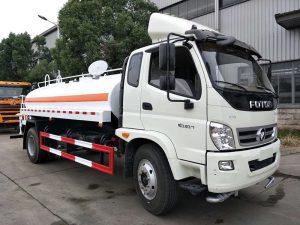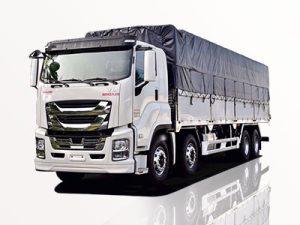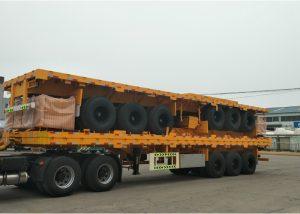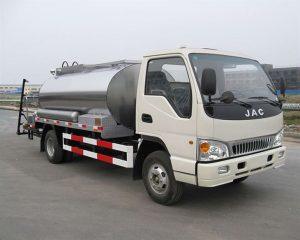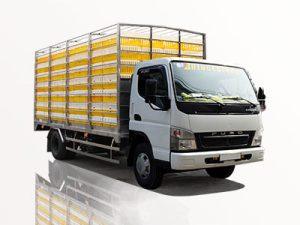Monday to Saturday - 8:00 -17:30
Understanding the Difference Between Extended Cab and Crew Cab: A Comprehensive Guide
Introduction
Choosing the right type of pickup truck can be a daunting task, especially when it comes to understanding the various cab configurations available on the market. Among the most common options are the extended cab and crew cab designs. Both styles serve different needs and preferences, and understanding the subtle differences between them can help you make an informed purchase. This article will delve into the distinctions between an extended cab and a crew cab, exploring their dimensions, seating capacity, storage options, and even the different uses for each. We’ll also provide practical examples, tips on making the right choice, and answer frequently asked questions to ensure you have all the information you need.
What is an Extended Cab?
Definition and Features
An extended cab is a type of pickup truck cab design that offers additional space compared to a standard cab. Typically, it features two regular front seats and a pair of smaller rear seats, aimed at providing extra room for occasional passengers or cargo.
Dimensions and Seating Capacity
Extended cabs usually come with two full-sized doors and a pair of smaller, rear-hinged doors. Here’s a quick overview:
| Feature | Extended Cab |
|---|---|
| Seating Capacity | Up to 5 passengers (including front and rear) |
| Rear Seat Space | Limited legroom and headroom |
| Door Configuration | Two full-sized and two smaller rear-hinged doors |
| Bed Length Options | Available in various lengths |
Use Cases for Extended Cabs
Extended cabs are popular among those who need a balance between passenger capacity and cargo space. They are ideal for individuals or small families who occasionally require extra seating but primarily use their trucks for transporting materials or towing.
What is a Crew Cab?
Definition and Features
A crew cab is designed for those who need more spacious seating, typically featuring four full-sized doors and a larger interior space. This configuration is perfect for families and groups that require ample seating and comfort.
Dimensions and Seating Capacity
Crew cabs generally accommodate up to six passengers, with a focus on providing adequate legroom and headroom for the rear passengers:
| Feature | Crew Cab |
|---|---|
| Seating Capacity | Up to 6 passengers |
| Rear Seat Space | Generous legroom and headroom |
| Door Configuration | Four full-sized doors |
| Bed Length Options | Available in various lengths |
Use Cases for Crew Cabs
Crew cabs are ideal for larger families, work crews, or individuals who frequently travel with multiple passengers. They work well for those who value comfort and space over maximum cargo area.
Key Differences Between Extended Cab and Crew Cab
1. Seating Capacity
The primary difference lies in seating capacity. Extended cabs can typically seat up to five passengers, while crew cabs can accommodate up to six passengers comfortably.
2. Cargo and Rear Seat Space
Extended cabs have limited rear seat space, making them more suited for occasional use. Crew cabs offer significantly more rear seat room, ideal for regular passengers.
3. Door Configuration
Extended cabs feature a combination of two regular doors and two smaller rear-hinged doors, while crew cabs come with four full-sized doors that allow easy access for all passengers.
4. Weight and Towing Capacity
Due to the additional space and structure, crew cabs may weigh more than extended cabs, which can slightly impact towing capacity depending on the model.
5. Interior Comfort
Crew cabs are designed for comfort, providing better legroom and headroom for all passengers compared to extended cabs.
6. Price Differences
Generally, crew cabs come with a higher price tag due to their larger size and increased versatility, while extended cabs may offer a more budget-friendly option.
Practical Examples: When to Choose Which?
When Should You Choose an Extended Cab?
If you mostly use your truck for work purposes, like hauling cargo or equipment, and occasionally need extra seats, the extended cab might be the perfect fit. For instance:
- You fuel your truck primarily for business-related tasks.
- Occasionally, you need space for a few passengers.
- You don’t require a lot of rear seat comfort or space.
When Should You Choose a Crew Cab?
For people who often travel with family or friends, or those who prioritize passenger comfort, a crew cab is ideal. Here are some examples:
- You frequently carry family members on road trips.
- You need a vehicle for both work and daily family use.
- You appreciate extra passenger comfort and space.
Considerations for Your Purchase
1. Budget
Your budget will significantly influence your choice. Generally, extended cabs are more affordable, while crew cabs may come with a higher cost due to their larger size and added amenities.
2. Intended Use
3. Space Requirements
Evaluate how much space you need for passengers and cargo. Crew cabs are better for larger groups, while extended cabs work well for occasional extra seating.
4. Fuel Efficiency
Consider the fuel efficiency of your options as well. Typically, extended cabs may offer better fuel efficiency due to their smaller size.
Popular Pickup Trucks Featuring Extended and Crew Cabs
Top Extended Cab Models
- Ford Ranger Extended Cab
- Chevrolet Colorado Extended Cab
- Ram 1500 Classic Extended Cab
Top Crew Cab Models
- Ford F-150 Crew Cab
- Chevrolet Silverado 1500 Crew Cab
- Toyota Tundra Crew Max
FAQ
1. Is an extended cab more practical than a crew cab?
The practicality of an extended cab versus a crew cab depends on your individual needs. Extended cabs are often more practical for those who need extra cargo space and occasional passengers, while crew cabs are best for those who prioritize passenger comfort.
2. Do crew cabs have better resale value than extended cabs?
Crew cabs typically have better resale value due to their popularity among buyers looking for family-friendly vehicles.
3. Can I fit a child seat in an extended cab?
Yes, but the limited rear seat space in an extended cab may make it less convenient for regular use of child safety seats compared to a crew cab with more room.
4. Are crew cabs more fuel-efficient than extended cabs?
Generally, extended cabs are more fuel-efficient due to their smaller size and lighter weight. However, the actual fuel efficiency can vary based on the specific vehicle model and engine options.
5. What is the price difference between an extended cab and a crew cab?
The price difference can vary widely by make and model, but in general, crew cabs run a few thousand dollars more than extended cabs due to the added space and features.
6. Which is better for families, extended cab or crew cab?
For families, crew cabs are typically better due to their larger seating capacity and comfort, making family trips more enjoyable.


